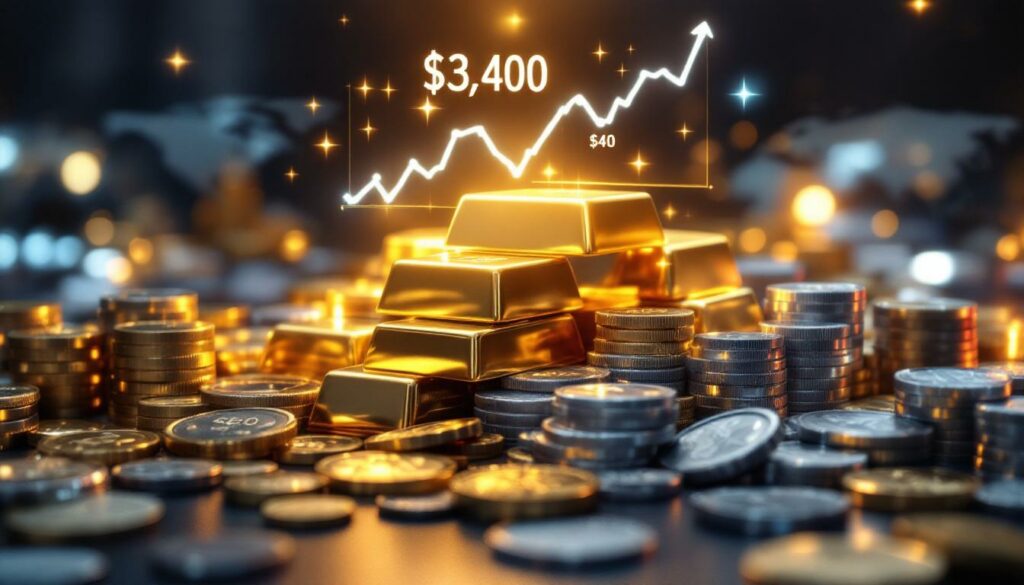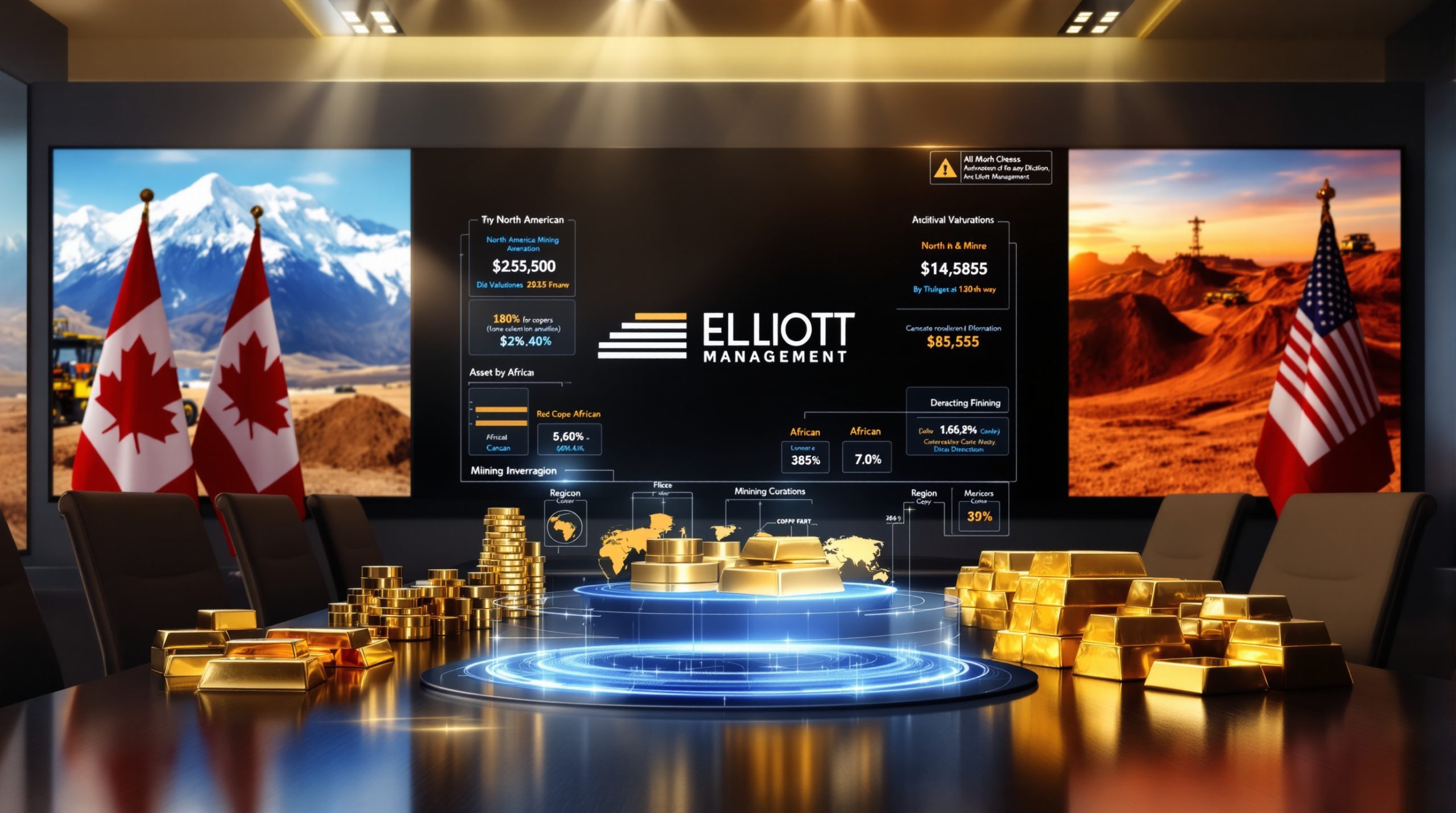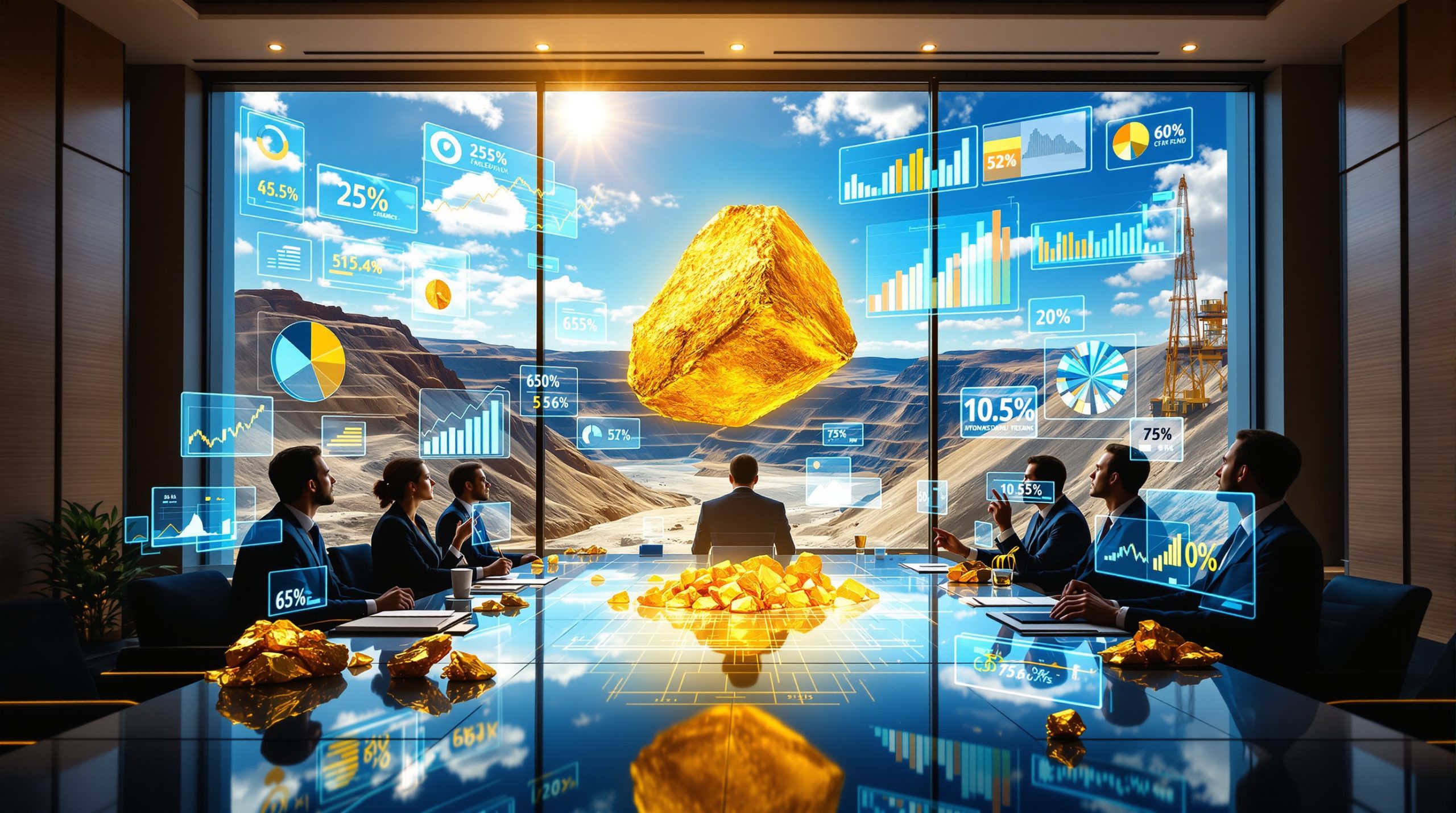What Makes Gold and Silver Attractive Investments?
Gold and silver have long been prized as investment assets, offering unique benefits that distinguish them from conventional financial instruments. Their enduring appeal stems from a combination of physical properties, historical significance, and economic characteristics that make them particularly valuable during uncertain times. Recent market trends suggest an all-time high gold outlook that continues to attract investors worldwide.
The Unique Properties of Precious Metals as Financial Assets
Physical precious metals provide tangible assets you can actually hold—a stark contrast to digital investments that exist only as electronic records. This physical nature gives many investors peace of mind, knowing their wealth exists in a form independent of financial systems.
Gold has maintained its status as a store of value for over 5,000 years, demonstrating remarkable staying power through economic collapses, wars, and the rise and fall of countless currencies. This historical persistence is unmatched by any fiat currency in existence today.
The supply constraints of precious metals create natural scarcity. Only about 3,200 tons of gold are mined annually worldwide, with geological limitations preventing sudden supply increases. This contrasts sharply with fiat currencies, which can be created through monetary policy decisions.
"Gold's been consolidating after a vertical rise early this year. From a technical perspective, this is healthy."
— Peter Boockvar, CIO at One Point BFG Wealth Partners
Perhaps most importantly, precious metals typically show low correlation with traditional financial markets, providing genuine diversification benefits. When stocks and bonds falter during economic crises, gold as a safe haven often moves independently or even counter to these trends, offering portfolio protection when it's most needed.
Current Market Performance and Price Trends
The precious metals market has shown remarkable strength recently. Gold entered a consolidation phase after reaching approximately $3,400 per ounce—a natural pause following its rapid ascent. This consolidation represents a healthy market dynamic rather than weakness.
Silver has been particularly impressive, approaching the $40 mark—its highest level since 2012. This resurgence highlights silver's potential for explosive growth. For perspective, silver reached $50 in 2011 when gold was only trading at $1,900, suggesting significant upside potential from current levels.
The widening gold-to-silver ratio (currently around 85:1 compared to the historical average of 68:1) indicates silver may have room to "catch up" with gold's performance. This ratio has been a useful indicator for metals investors seeking to optimize their allocations.
Platinum and palladium represent even more extreme examples of precious metal scarcity. Only about 50 tons of platinum are mined annually—just 1.5% of gold's production—making these metals exceptionally rare. South Africa's ongoing infrastructure challenges, particularly electricity shortages, have reduced platinum output by approximately 25% in 2024, further constraining supply.
Both metals benefit from their dual role as investment vehicles and industrial inputs, creating multiple demand sources that can drive price appreciation.
Why Are Precious Metals Gaining Momentum in Today's Economy?
The current economic landscape offers numerous catalysts for precious metals appreciation. From macroeconomic shifts to central bank policies, several factors are converging to create favorable conditions for gold and silver investments.
Macroeconomic Factors Driving Precious Metals
Dollar weakness has been a significant tailwind for precious metals. The dollar index experienced its worst first half since 1973 in 2025, declining approximately 8% year-to-date. This weakness directly benefits dollar-denominated commodities like gold and silver by making them less expensive for foreign buyers.
"Dollar weakness coincides with persistent tariffs… GDP growth at 1% is fragile."
— Peter Boockvar
Rising global trade tensions, particularly the implementation of new tariffs, have further destabilized international commerce. U.S. tariffs have reached **15%**—their highest level in a century—reducing global trade flows by approximately 9% according to the Peterson Institute for International Economics. These trade frictions increase economic uncertainty, traditionally a positive environment for precious metals.
Economic growth has struggled to gain momentum, with GDP growth averaging just 1% in the first half of 2025. This tepid expansion creates a fragile economic environment where investors seek stability through alternative assets like gold and silver.
The European Union-U.S. trade disputes of early 2025 significantly reduced automotive exports, driving investors toward safe-haven assets like gold. These geopolitical tensions demonstrate how quickly political developments can impact markets and increase precious metals demand.
Central Bank Policies and Their Impact on Gold and Silver
Central bank actions continue to influence precious metals in complex ways. While interest rate decisions receive the most attention, a notable disconnect has emerged between short-term rate movements and long-term yields. Despite recent Federal Reserve rate cuts, 30-year Treasury yields have actually increased—a divergence that benefits gold by reducing the opportunity cost of holding non-yielding assets.
Global central banks have become significant gold purchasers, acquiring a record 1,136 tons in 2024 according to the World Gold Council. This institutional buying represents a fundamental shift in central bank attitudes toward gold as a reserve asset.
Monetary policy has contributed to unprecedented expansion of central bank balance sheets, with G7 central banks expanding their balance sheets by approximately $12 trillion since 2020. This massive liquidity injection has raised concerns about currency debasement and inflation—traditional catalysts for precious metals appreciation.
The Eurozone's M2 money supply has increased 12% year-over-year as of June 2025, reflecting ongoing monetary expansion that historically correlates with higher gold price forecast. These policies continue to erode currency purchasing power while enhancing the appeal of hard assets like gold and silver.
How to Start Investing in Physical Gold and Silver?
For investors new to precious metals, understanding the various forms available and proper storage considerations is essential. Physical ownership offers unique advantages but requires thoughtful planning around security and accessibility.
Understanding Different Forms of Physical Precious Metals
Bullion coins represent one of the most popular entry points for physical metals investors. Government-minted options include American Eagles (99.93% pure gold), Canadian Maple Leafs (99.99% purity), and Austrian Philharmonics. These coins carry small premiums above the metal's spot price and offer excellent liquidity and recognition.
Bars and rounds typically provide lower premiums per ounce compared to coins, making them cost-effective for larger investments. Available in various weights from 1 gram to 400 ounces, bars offer flexibility in building positions. Standard sizes like 1 oz, 10 oz, and 1 kilo are particularly liquid.
Numismatic and semi-numismatic options include collectible coins valued above their metal content due to rarity, historical significance, or condition. While these can appreciate independently of metal prices, they require specialized knowledge and typically involve higher dealer premiums.
"Junk silver" refers to pre-1965 U.S. quarters, dimes, and half dollars containing 90% silver. These circulated coins offer an affordable entry point for silver investors and provide the advantage of divisibility for potential barter scenarios.
Fractional gold pieces (1/10 oz, 1/4 oz, 1/2 oz) allow investors to acquire gold at lower price points, though premiums are higher on a percentage basis compared to full-ounce products.
For diversification, consider platinum and palladium products, though these markets have lower liquidity and higher bid-ask spreads than gold and silver. Furthermore, beginners might want to explore a beginner's guide to gold and silver investing to better understand their options.
Storage Considerations and Security Options
Home storage provides immediate access but presents security challenges. FBI data indicates 85% of precious metals thefts target home safes, making proper security essential. TL-rated safes, hidden storage locations, and home security systems should be considered minimum precautions.
Bank safety deposit boxes offer improved security but potential accessibility limitations. They typically cost $50-200 annually depending on size but lack insurance for contents in most cases. Additionally, access is restricted to banking hours and could be limited during financial crises.
Private vault facilities provide specialized storage with comprehensive security and insurance. These services cost approximately $100-500 annually for $50,000 in holdings, with allocated storage ensuring your specific metals are segregated and documented.
Insurance considerations are critical regardless of storage choice. Standard homeowner's policies typically limit coverage for precious metals to $1,000-$2,500. Specialized riders or stand-alone policies from companies like Lloyd's of London average 0.5% of metal value annually.
International storage options in jurisdictions like Singapore, Switzerland, and the Cayman Islands provide diversification against confiscation risk or domestic political instability. Singapore vaults have attracted approximately 30% of Asian high-net-worth investors seeking secure offshore storage.
What Are the Alternatives to Physical Precious Metals?
While physical ownership offers certain advantages, alternative investment vehicles provide different benefits in terms of liquidity, convenience, and tax treatment. Understanding these options helps investors build a comprehensive precious metals strategy.
ETFs and Mining Stocks as Exposure Vehicles
Physical-backed ETFs like SPDR Gold Shares (GLD) hold over 900 tons of gold, making allocation simple through standard brokerage accounts. These funds trade like stocks with high liquidity (5 million shares daily for GLD) but introduce counterparty risk and don't provide direct metal ownership.
Mining company stocks offer operational leverage to metal prices. Major producers like Newmont (NEM) demonstrate approximately 20% operational leverage to gold prices, meaning a 10% increase in gold potentially generates a 20% increase in profits. However, mining stocks introduce company-specific risks including management decisions, geopolitical exposure, and production challenges.
Royalty and streaming companies like Franco-Nevada (FNV) and Wheaton Precious Metals (WPM) represent a unique hybrid. These firms finance mining projects in exchange for a percentage of future production or revenue. WPM has funded over 50 mines with approximately 2% net smelter return royalties, creating diversified exposure with reduced operational risk.
Exploration companies represent the highest-risk, highest-reward segment. These junior miners focus on discovering new deposits and can deliver exponential returns on successful finds, but many fail to reach production. They're best viewed as venture capital within the metals space rather than as proxies for metal prices.
"Commodities—particularly fertilizers and uranium—are attractive alongside precious metals."
— Peter Boockvar
The correlation between mining stocks and underlying metals prices varies considerably. During the 2008 financial crisis, many mining stocks fell alongside the broader market despite rising gold prices, highlighting their hybrid nature as both commodity and equity investments.
Precious Metals in Retirement Accounts
Self-directed IRAs allow physical gold and silver within tax-advantaged accounts. The IRS requires 99.5% purity for gold and 99.9% for silver, with coins needing to be uncirculated. American Eagles represent an exception, permitted despite lower purity due to their status as legal tender.
Only certain eligible products qualify for IRAs. While American Eagles, Canadian Maple Leafs, and standard bullion bars meet requirements, numismatic coins, "junk silver," and many foreign coins do not. Working with experienced custodians is essential to ensure compliance.
Custodian requirements add complexity and costs. Annual fees typically range from $200-$500, with storage fees charged separately. Each transaction also incurs handling fees, making this approach most cost-effective for larger, long-term holdings.
Required minimum distributions (RMDs) present unique challenges for physical metals in IRAs. After age 73, annual distributions necessitate either liquidating a portion of holdings or taking "in-kind" distributions of physical metal, which triggers a taxable event.
The tax implications of precious metals in retirement planning differ from conventional investments. While traditional IRAs defer taxes until withdrawal, physical metals outside retirement accounts are currently taxed at the collectibles rate of 28% regardless of holding period, compared to lower long-term capital gains rates for stocks.
How to Build a Balanced Precious Metals Portfolio?
Creating an effective precious metals portfolio requires thoughtful allocation across different metals and investment vehicles. The right approach balances potential returns with liquidity needs and risk tolerance.
Allocation Strategies Across Metal Types
The gold-to-silver ratio provides a useful metric for allocation decisions. The current ratio of approximately 85:1 exceeds the historical average of 68:1, suggesting silver may offer better value at present. Some investors adjust their allocations when this ratio reaches extremes, converting gold to silver when the ratio is high and reversing when it normalizes.
Adding platinum and palladium creates diversification beyond the traditional precious metals. These metals have distinct supply-demand dynamics, often moving independently from gold and silver. Their industrial applications in automotive catalysts, electronics, and hydrogen fuel cells provide growth potential beyond monetary demand.
Base metals exposure through copper, nickel, or zinc can complement precious metals by capturing broader economic growth trends. These industrial metals typically perform well during economic expansions, potentially offsetting precious metals weakness during such periods.
For percentage allocations, conservative investors typically maintain 5-10% in precious metals, while those more concerned about monetary instability might allocate 15-20%. During periods of extreme financial stress, some advisors recommend up to 25% in gold and silver as portfolio insurance.
Dollar-cost averaging offers advantages over lump-sum purchasing, especially given precious metals' volatility. Regular monthly or quarterly purchases smooth entry points and reduce timing risk. This approach proves particularly valuable for silver, which experiences approximately 30% higher volatility than gold.
Balancing Physical Holdings with Paper Investments
The metals pyramid strategy provides a structured approach to allocation. Physical metals form the foundation (50-60% of metals allocation), providing insurance against systemic risk. The middle tier includes lower-risk paper investments like major mining companies and ETFs (30-40%). The pyramid's peak comprises higher-risk, higher-reward options like junior miners and exploration companies (10-20%).
Liquidity considerations should influence vehicle selection. Physical metals typically have wider bid-ask spreads (2-8% depending on product) but remain liquid even during financial crises. ETFs offer superior daily liquidity with penny-wide spreads but depend on functioning financial markets.
Geographic diversification of mining investments reduces country-specific risk. Consider spreading investments across politically stable jurisdictions like Canada and Australia, alongside higher-risk/higher-reward regions like Africa and Latin America.
Combining royalty companies with physical metals creates complementary exposure. Physical metals provide pure price exposure and crisis insurance, while royalty firms offer leverage to discovery and production growth alongside dividend income. Franco-Nevada (FNV) has increased its dividend for 16 consecutive years, providing income rarely available from physical metals.
Rebalancing strategies maintain target allocations as prices fluctuate. Annual rebalancing captures profits from outperforming segments while maintaining desired risk levels. Some investors use significant price movements (±20%) as triggers for rebalancing rather than calendar-based approaches.
What Are the Risks of Precious Metals Investing?
While precious metals offer portfolio benefits, they come with distinct risks investors must understand and manage. From price volatility to storage concerns, comprehensive risk awareness is essential for successful metals investing.
Market Volatility and Price Correction Risks
Historical price corrections demonstrate metals' volatility. Gold experienced a 45% decline from its 2011 peak to its 2015 bottom, while silver fell approximately 70% during the same period. Even during secular bull markets, metals typically experience multiple 20-30% corrections.
Volatility comparison with other asset classes shows silver's extreme nature. Silver's annualized volatility averages about 30%, exceeding gold (15%), the S&P 500 (20%), and most commodities. This volatility necessitates proper position sizing and long-term perspective.
From a technical gold analysis perspective, extended periods above the 200-day moving average often precede corrections. When the relative strength index (RSI) exceeds 70, precious metals become technically overbought, increasing correction probability. Additionally, Google Trends data shows search terms like "buy gold" often peak near market tops.
Market manipulation concerns persist despite increased regulatory oversight. The 2020 spoofing case against JPMorgan resulted in a $920 million fine for precious metals trading violations. While regulations have improved, large institutional positions can still influence short-term price movements.
The cyclical nature of commodity markets creates multi-year bull and bear phases. Gold's 2011-2015 bear market followed a decade-long bull run, demonstrating that even strong fundamental cases can be overwhelmed by cyclical factors in the short term.
Storage, Counterparty, and Liquidity Considerations
Theft and physical security risks represent significant concerns for home storage. Insurance claims data indicates precious metals thefts increased 35% during economic downturns, highlighting the importance of proper security measures and discretion about holdings.
Counterparty risk affects paper gold investments to varying degrees. The 2008 failure of Lehman Brothers demonstrated how quickly counterparty exposure can materialize during crises. Physical ETFs like SPDR Gold Shares (GLD
Ready to Capitalise on the Next Major Mineral Discovery?
Stay ahead of the market with Discovery Alert's proprietary Discovery IQ model, which instantly notifies investors about significant ASX mineral discoveries and transforms complex data into actionable insights. Explore our dedicated discoveries page to understand how major mineral discoveries can lead to substantial market returns, and begin your 30-day free trial today.




